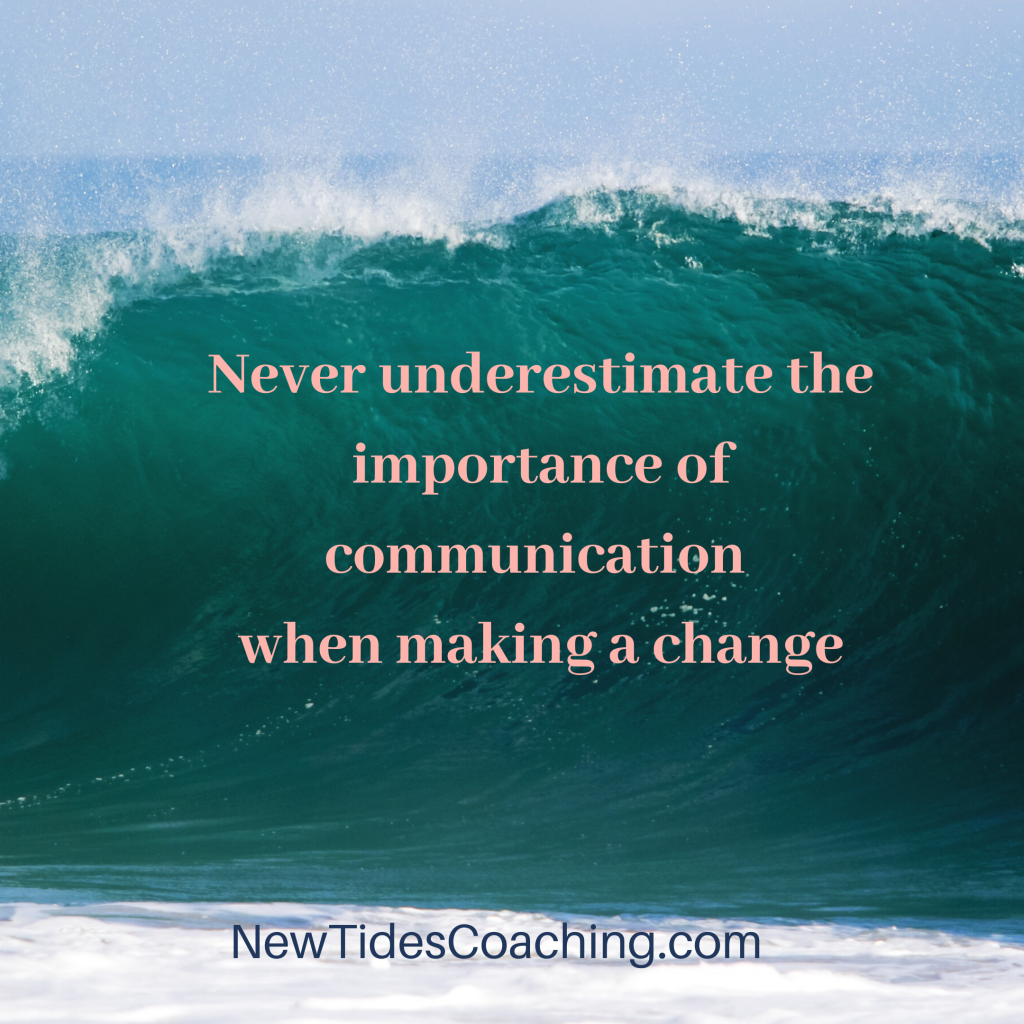One of the most overlooked things when trying to make a change is communicating the change and getting buy in from the stakeholders and those impacted by the change.
People often think that if they said it once then the change was communicated.
7 Times
Studies have shown that we often need to hear things seven different ways before we take the communication in.
If the change is a small one it’s not uncommon for people to assume that you should just move ahead to the change and that it’s no big deal. BUT…
It is a big deal. Change is hard. To change for change sake isn’t effective either.
People need to understand the change.
Why are we changing? What’s the point?
Are we doing something easier or better? How will the change impact me?

I was recently taking a program and the leader decided to change the program. The problem was that it wasn’t communicated well.
A frequently asked questions (FAQ) document was created but it didn’t capture all of the information.
The communication was done in person to one group but the group contained different audiences. The reaction was not pleasant.
People felt they were losing something that they valued.
The reaction could’ve all been avoided.
Start communicating the change in advance. People need time to process changes. Announcing a change and expecting them to do it the next day or week isn’t going to happen with out some education and explaining the value.
Steps to communicate
Communicate the message to each audience as the change impacts them differently.
Explain the value of the change and why it is being done.
Address objections.
Answer the “WIIFM” What’s in it for me question.
Highlight the benefits of the change.
Ending
Address the feeling that people are losing something.
As with every change there is an ending (of the way things were, or how things were done).
The ending usually involves a mourning process or loss of something.
Acknowledge the loss, support people in the transition, honor the history and then move forward.
Ignoring the history or the loss will lead to some backlash and mistrust regarding the change.